Socket couplings in plastic
Plastic socket couplings (blue) are a popular solution for fast and reliable coupling of pneumatic hoses. The main advantage of this type of couplings is the extra easy assembly and disassembly - simply insert the hose and the coupling holds, without the need for any tools. These push-in couplings allow tool-less installation, reducing maintenance and machine rebuild times to a minimum. In addition, the plastic design is not subject to corrosion and the entire coupling is lightweight so that it does not weigh down the equipment. Thanks to the integrated O-ring, the couplings provide a reliable seal for pressurised air distribution - the system will last for many years if the correct procedure is followed. They are manufactured in standard tubing diameters of approx. 3-16 mm and in a wide range of shapes and thread combinations, so you can easily find the right type for every connection in your pneumatic circuit.
#ShowMore#
Advantages of plastic push-in connectors
- Quick and easy installation: instant connection of the hose without screwing or gluing. Assembly and disassembly can be done in seconds, which significantly speeds up work on the device.
- Tool-free operation: No special tools or complex staff training is required to retract or release the hose - simply press the locking ring and slide the hose out. This saves time and equipment costs.
- Variability and flexibility: many coupling variants are available - straight couplings, angled (L) pieces, T-pieces, Y-pieces, cross (X) splitters, reducers, bulkhead grommets, plugs and integrated valves. This makes it possible to assemble any air distribution system and connect hoses to all common components (cylinders, valves, gauges, etc.). Socket systems are simply a universal "modular" solution for pneumatic distribution.
- Light weight and corrosion resistance: the plastic body of the coupling is lightweight and rust-resistant, which is especially useful for moving machine parts or in wet environments. The steel teeth inside the coupling ensure a firm bite into the hose, while the plastic body resists normal wear and tear as well as operational vibrations.
 |
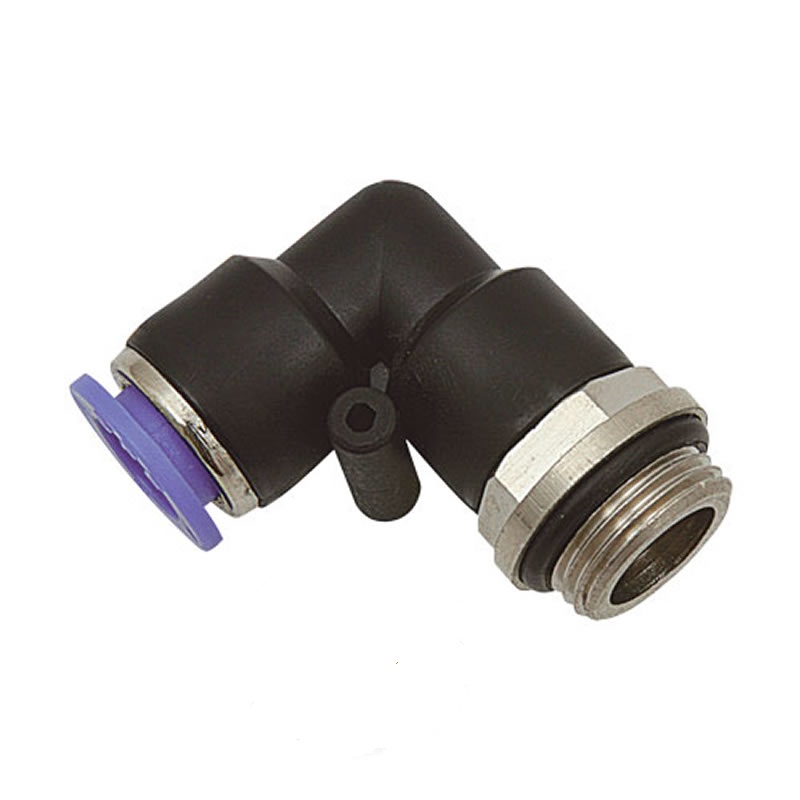 |
 |
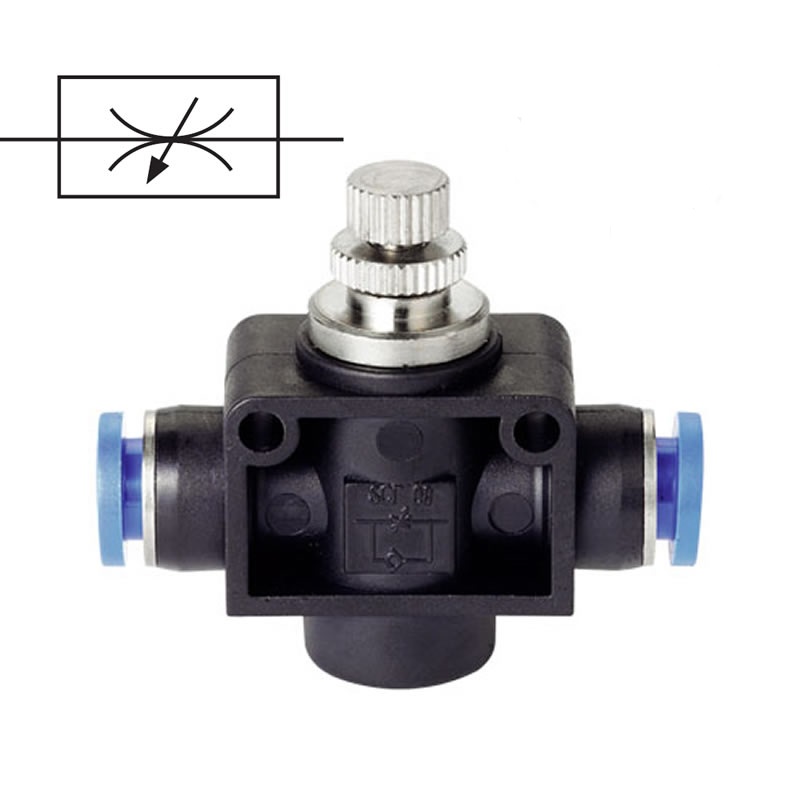 |
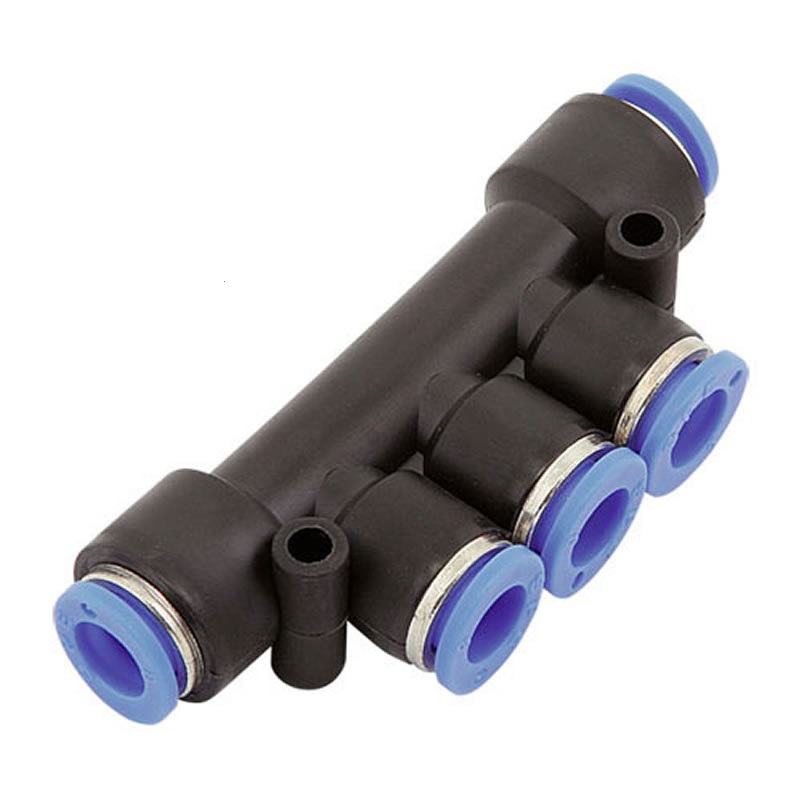 |
Disadvantages and limitations of plastic couplings
- Lower mechanical resistance: compared to metal socket couplings, plastic designs can withstand less mechanical stress. They are not suitable for places with high vibration, shock loads or hose pulling - in such cases it is better to choose metal couplings. However, by selecting the correct clutch type for the load, most problems can be eliminated.
- Pressure and temperature limited: standard plastic tyre quick couplings usually work up to approx. 10 bar and +60 °C. At higher pressures or temperatures, there is a risk of reduced coupling life or leakage. For more extreme conditions (e.g. permanently above +60 °C, very low temperatures, pressure peaks above 10 bar) consider metal versions or special designs for higher pressures.
- Not suitable for vacuum: Some plastic socket couplings cannot be used for vacuum (negative pressure) because the principle of the seal is designed mainly for outward pressure. The hose could come loose under vacuum. If you need a vacuum or suction line, check the coupling parameters to see if it is designed for this, or choose a different type of connection.
- Media Compatibility: These couplings are primarily designed for compressed air (pneumatics). They can also be used for other media (e.g. inert gases, water) provided that the coupling material is compatible with the media and you do not exceed the recommended pressure and temperature. For aggressive chemicals, food processing plants or anti-static environments, there are special variants of socket couplings that can be found in our range if required. Always check the parameters of the specific coupling in the product description, where it is indicated for which applications and media it is suitable.
Use in industrial automation
Plastic socket couplings are mainly used in pneumatic industrial automation systems. They are ideal for the distribution of compressed air to drive cylinders, valves, grippers and other pneumatic components on production and assembly lines. They are used in automation, measuring and control technology, where they connect various machine components by means of hoses(Direct socket reduced coupling for hoses with a diameter of 6 mm and 10 mm). Typical applications are in the engineering and automotive industries - from robotic workstations to single-purpose machines. Due to their simplicity and reliability, these couplings are referred to as a "must-have" wherever compressed air is distributed to equipment. They allow pneumatic circuits to be quickly adjusted as the production process changes, increasing the flexibility of automated operations.
Product recommendations from the category
We offer a complete range of plastic socket couplings in blue for every situation in pneumatic distribution. The following tips can help you choose the right type:
- Hose connection to machines and valves: Use a straight male threaded socket fitting (type R or G depending on thread type) to connect the hose to the thread on the cylinder, valve unit or other component. This straight coupling allows the hose to be perpendicularly led out of the component and quickly disconnected when needed. If the thread on the device is internal, choose instead a coupling with an external cone or mandrel, or a straight fitting with an internal thread.
- Direction of routing and angle of connection: if you need to route the hose at 90°, L-Connectors (angle couplings) with male or female thread are ideal. These corner couplings minimize the bend radius of the tubing and save space. There are also 45° angle couplings for angled hose routing. Some L-couplings are also swivellable - allowing the hose to be rotated without loosening the coupling, which is useful for moving machine parts.
- Pneumatic line branching: T-couplings (split the hose in two directions at right angles) or more compact Y-couplings (angled branching for smoother flow) are used to split the pressurised air into multiple branches. For even more outputs, you can reach for an X-coupling (four-way coupling) or special split couplings with multiple taps. These parts are indispensable for feeding several pneumatic cylinders or valves from one air supply. There are also reducing couplings that allow to connect hoses of different diameters - for example, the transition from 10mm hose to 6mm hose, etc.
- Through-wall mounting and circuit termination: if you need to route the tubing through a cabinet wall, panel or machine, use bulkhead connectors (grommets). These ensure a firm fit of the coupling in the wall and a clean hose routing between the two equipment compartments. For closing the ends of the ducts, there are plugs (end caps) in internal or external design, which securely seal unused outlets and prevent air leakage.
The above types cover most common requirements in pneumatic automation systems. All plastic socket couplings of the blue series are compatible with each other and can be combined freely according to the needs of your system. When properly installed and used within recommended limits (pressure, temperature), these couplings will ensure long-term maintenance-free operation of your technology.
Tip: If you want to learn more about the correct selection and use of socket couplings, read our detailed article "How to use socket couplings - breakdown, advantages, disadvantages" in the advisory(How to use socket couplings for air - all about fasteners). You will find, among other things, advice on how to prevent problems with leaks or wear of couplings and what special variants exist for non-standard conditions. Further useful information on the design of pneumatic piping in industry is also offered in the article "How to do compressed air piping correctly", which guides you through the planning of piping from the compressor to the individual workstations, including the use of modern piping systems. These resources will help you select the optimal fasteners for your project and take full advantage of the benefits of plastic socket couplings in automation.
-
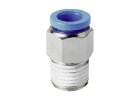 Straight fitting; male thread R
Straight fitting; male thread R
-
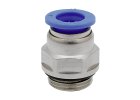 Straight fitting; male thread G
Straight fitting; male thread G
-
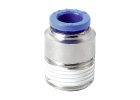 Straight fitting; with internal hexagon
Straight fitting; with internal hexagon
-
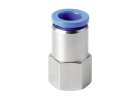 Straight coupling; internal thread G
Straight coupling; internal thread G
-
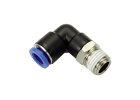 L-couplings; external thread R
L-couplings; external thread R
-
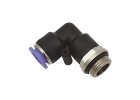 L-couplings; external thread G
L-couplings; external thread G
-
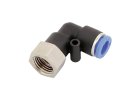 L-couplings; internal thread G
L-couplings; internal thread G
-
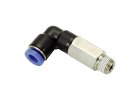 L-couplings; external extended thread R
L-couplings; external extended thread R
-
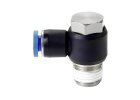 L-couplings; swivel male thread R
L-couplings; swivel male thread R
-
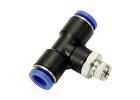 T-couplings; external thread R
T-couplings; external thread R
-
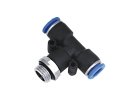 T-couplings; external bottom thread G
T-couplings; external bottom thread G
-
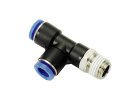 T-coupling; side thread R
T-coupling; side thread R
-
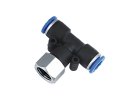 T-couplings; internal bottom thread G
T-couplings; internal bottom thread G
-
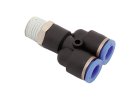 Y-coupling; external thread R
Y-coupling; external thread R
-
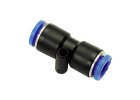 Direct couplings
Direct couplings
-
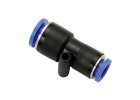 Direct couplings; reduced
Direct couplings; reduced
-
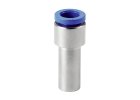 Clutch reduction
Clutch reduction
-
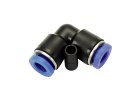 Plastic push-in L-couplings
Plastic push-in L-couplings
-
.jpg) T-couplings
T-couplings
-
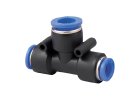 T-couplings; lower larger reducer
T-couplings; lower larger reducer
-
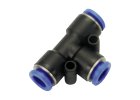 T-couplings; lower smaller reducer
T-couplings; lower smaller reducer
-
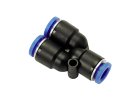 Y-connectors
Y-connectors
-
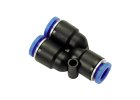 Y-connector; reduced
Y-connector; reduced
-
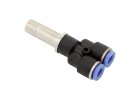 Y-connector; with adapter
Y-connector; with adapter
-
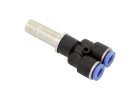 Y-couplings; with adapter reduced
Y-couplings; with adapter reduced
-
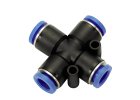 X-couplings
X-couplings
-
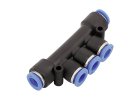 Distribution couplings
Distribution couplings
-
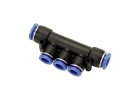 Distribution couplings; reduced
Distribution couplings; reduced
-
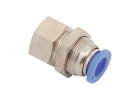 Scottish coupling; female thread G
Scottish coupling; female thread G
-
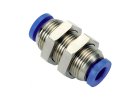 Bulkhead couplings
Bulkhead couplings
-
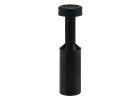 Internal plugs
Internal plugs
-
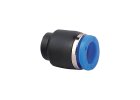 External plugs
External plugs
-
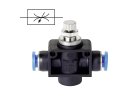 Direct valves; with strangulation
Direct valves; with strangulation
-
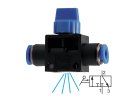 Shut-off valve; with ventilation
Shut-off valve; with ventilation
-
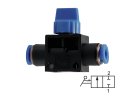 Shut-off valve; without ventilation
Shut-off valve; without ventilation
-
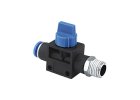 Shut-off valve; external side thread G
Shut-off valve; external side thread G
-
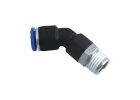 L-couplings angled 45°; male thread R
L-couplings angled 45°; male thread R
-
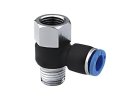 L-couplings through; male thread R
L-couplings through; male thread R
-
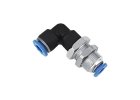 L-couplings; external thread M
L-couplings; external thread M
-
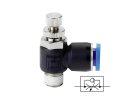 Angle throttle valves on exhaust; male thread R
Angle throttle valves on exhaust; male thread R
-
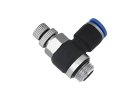 Angle throttle valves on exhaust; male thread G
Angle throttle valves on exhaust; male thread G
-
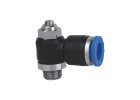 Angle throttle valves on exhaust; male thread R
Angle throttle valves on exhaust; male thread R
-
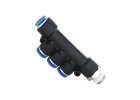 Manifold couplings; side external thread R
Manifold couplings; side external thread R
Bestsellers

Socket couplings with reduced dimensions and weight, for quick and easy assembly of plastic tubing Designed especially for automation, measuring and control technology and...

Coupling for quick and easy installation of 10 mm plastic tubing. Fastening with 2 M20 x 1 nuts. Designed especially for automation, measuring and control technology and...










